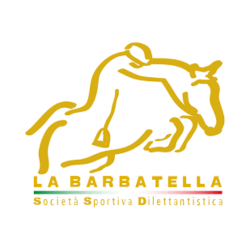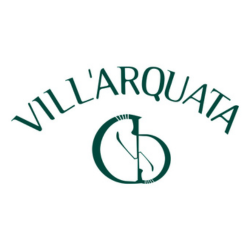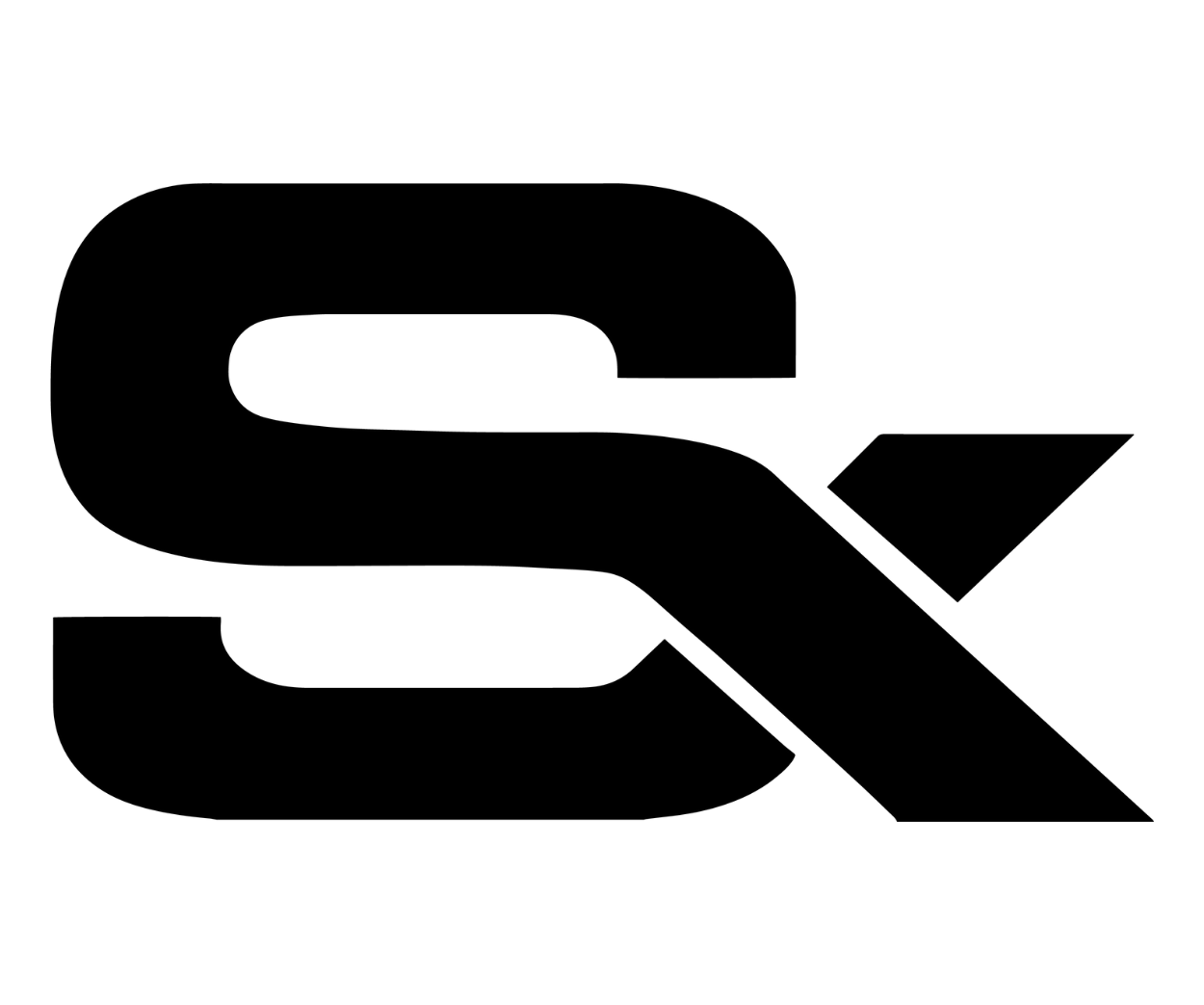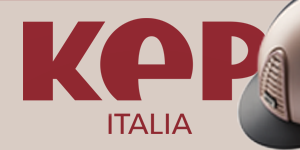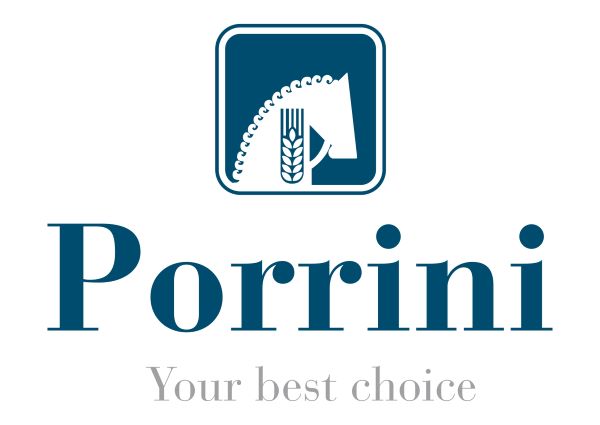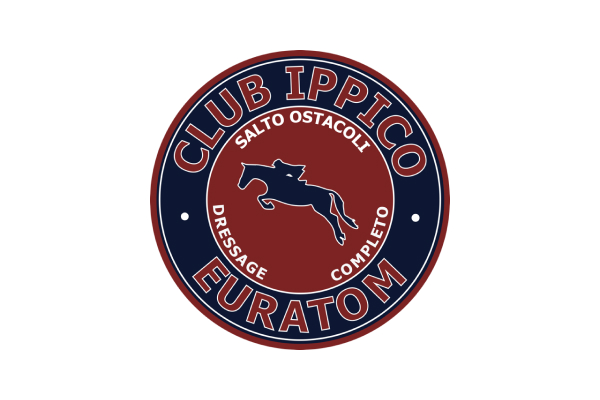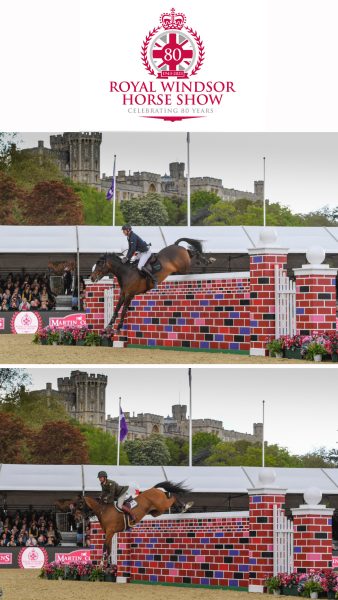
Horse Anatomy: body parts and terminology
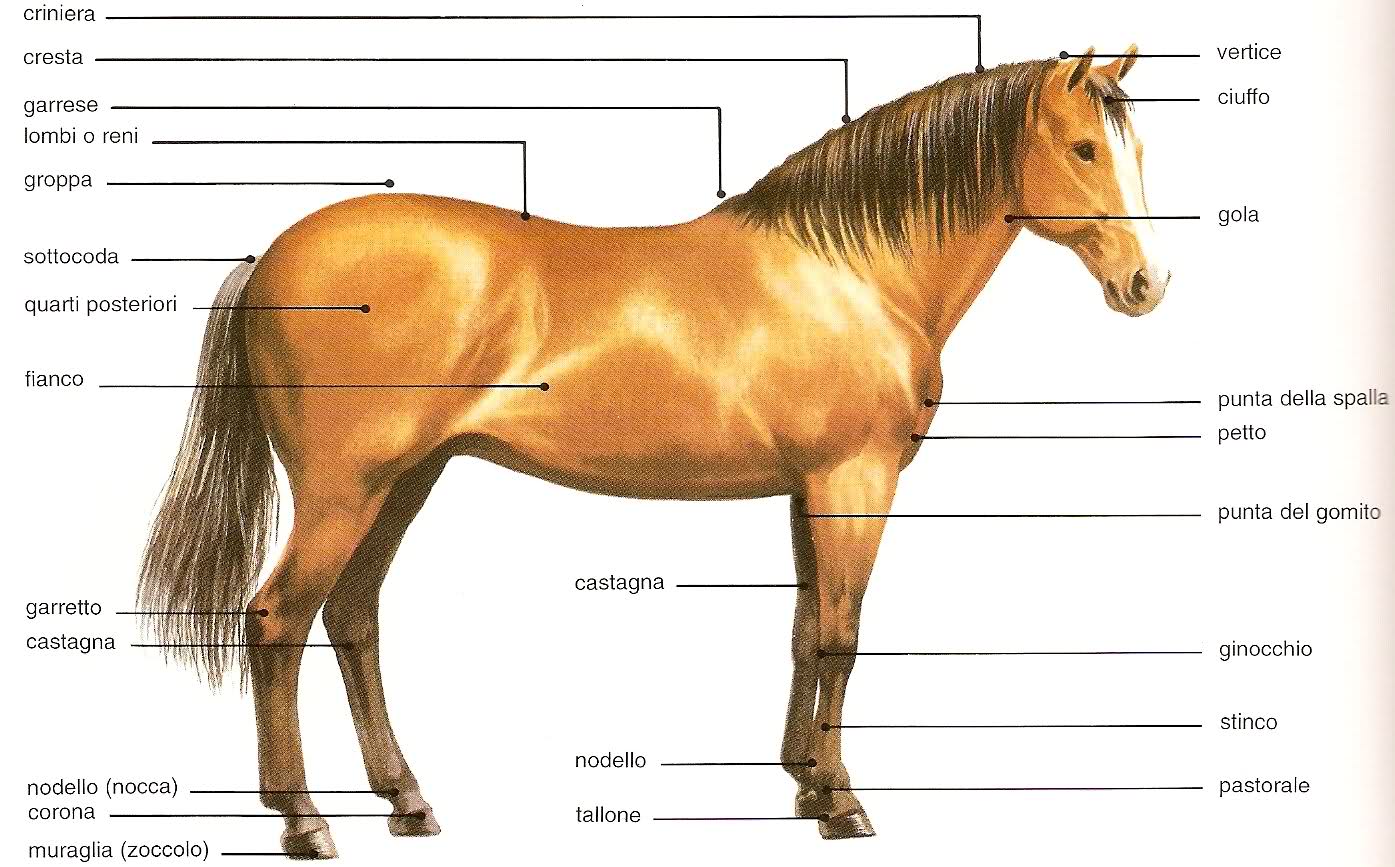
In this next installment of horse anatomy, this Equestrian World piece will focus on the specific terms given to the parts of the body of a horse. The extracts below are taken from Dr. Vittorio Meschia’s book published by Horse s.r.l. Interestingly, some terms of the body don’t correspond with its anatomical structure and the comparisons with the human body will highlight this below.
The withers – the high part of the back of a horse located between the shoulder blades. This is the point at which you measure the height of the horse. In Europe, the height is measured according to the metric system, while in the Anglo-Saxon countries the unit of measurement is in inches, which corresponds to 25 cm.
The knee – this is made up of the carpus joint, corresponding to the human wrist.
The shin – this is made up of metacarpal and metatarsal bones, corresponding to the tibia and fibula in humans.
The fetlock – the part of the leg between the cannon bone and the pastern, corresponding to the joints that connect the bones of the hand and foot to the individual fingers and toes in humans.
The pastern – the part of a horse’s foot between the fetlock and the hoof, corresponding to the first segment of the finger in humans.
The crown – this consists of the first and second phalanx and triangular-crown joint.
The stifle – this is the joint of the hind leg corresponding to the human knee.
The hock – this is the tarsal joint in the hind leg corresponding to the human ankle but bending in the opposite direction.





